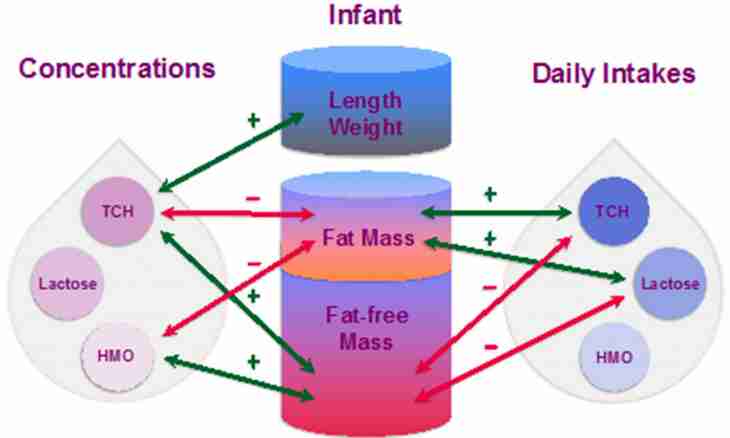Moistening coefficient - the indicator applied to determination of parameters of climate. It is possible to calculate it, having information on loss of precipitation in the region during rather long period.
Moistening coefficient
The coefficient of moistening represents the special indicator developed by experts in the field of meteorology for assessment of degree of humidity of climate in any given region. At the same time it was taken into account that the climate represents long-term characteristic of weather conditions in this area. Therefore it was decided to consider moistening coefficient also in long time frames: as a rule, this coefficient is calculated on the basis of the data collected within a year.
Thus, the coefficient of moistening shows, the amount of precipitation which is dropping out during this period in the considered region is how high. It, in turn, is one of the major factors defining the prevailing vegetation type in this area.
Calculation of coefficient of moistening
The formula of calculation of coefficient of moistening looks as follows: K = R / E. In the specified formula the symbol K designated actually moistening coefficient, and a symbol R - the amount of precipitation which dropped out in this area within a year, expressed in millimeters. At last, the symbol E designates an amount of precipitation which evaporated from the Earth's surface, for the same period of time. The specified amount of precipitation which is also expressed in millimeters depends on type of the soil, temperature in this region during the concrete period of time and other factors. Therefore despite the seeming simplicity of the given formula, calculation of coefficient of moistening demands carrying out a large number of preliminary measurements by means of precision instruments and it can be carried out only by forces of rather large group of meteorologists. In turn, the value of coefficient of moistening in the concrete territory considering all these indicators, as a rule, allows to define with high degree of reliability what type of vegetation is prevailing in this region. So, if the coefficient of moistening exceeds 1, it says about the high level of humidity in this territory that it involves prevalence of such types of vegetation as a taiga, the tundra or the forest-tundra. Sufficient level of humidity corresponds to the moistening coefficient equal 1, and, as a rule, is characterized by prevalence of the mixed or broad-leaved woods. The moistening coefficient ranging from 0.6 to 1 is characteristic of forest-steppe massifs, from 0.3 to 0.6 - of steppes, from 0.1 to 0.3 - of semidesertic territories, and from 0 to 0.1 - of deserts.

